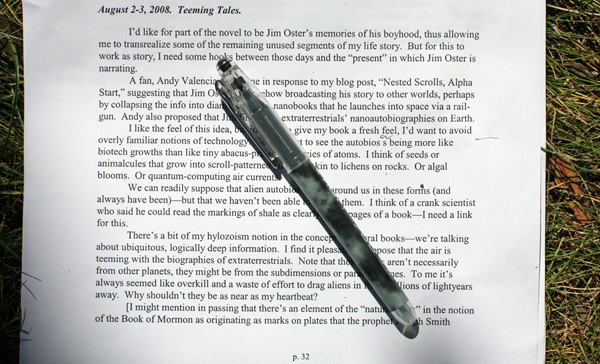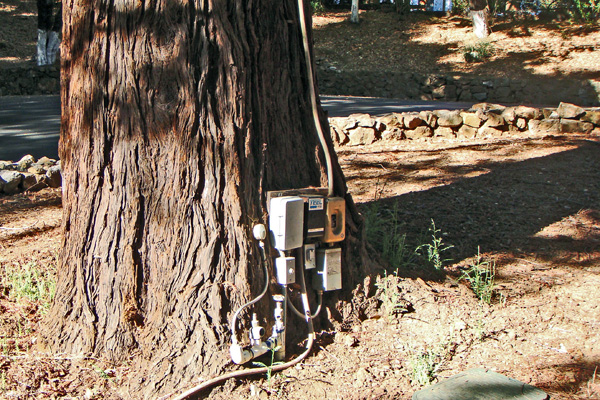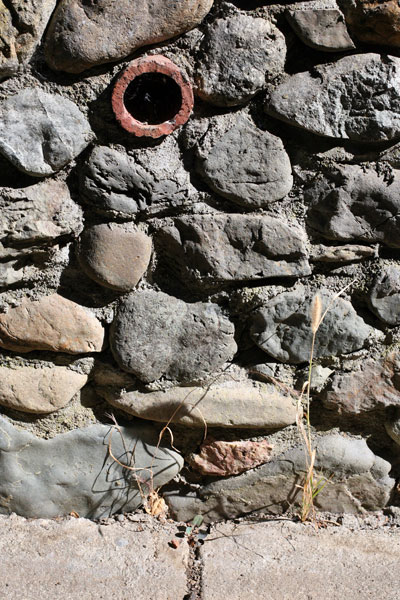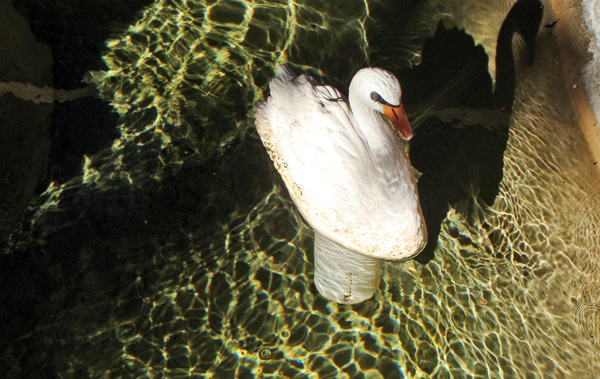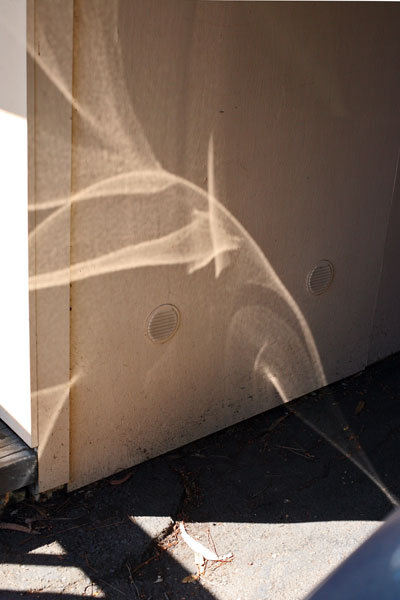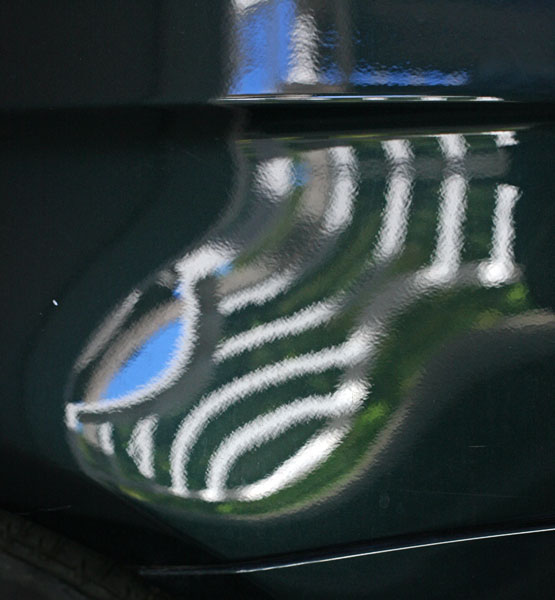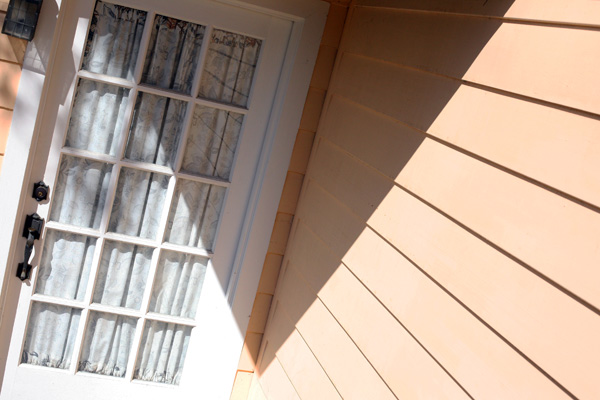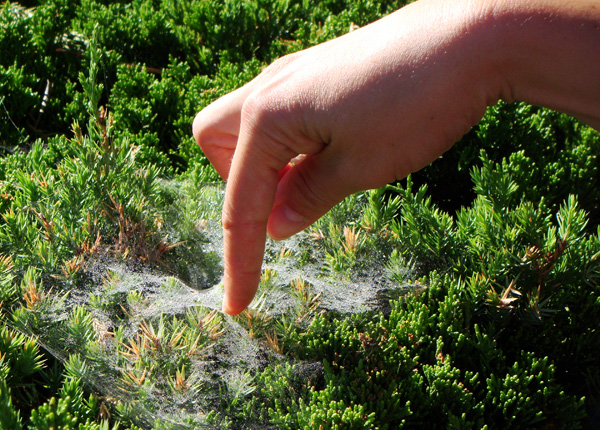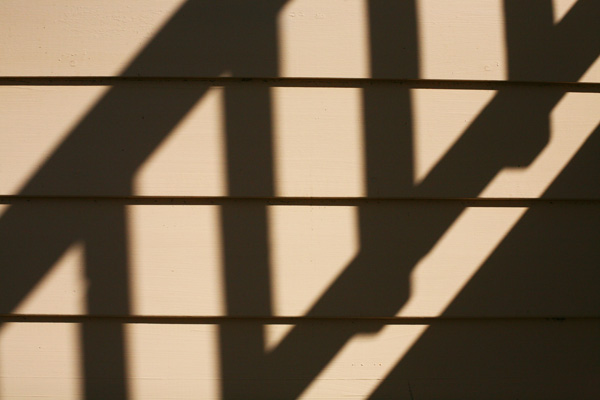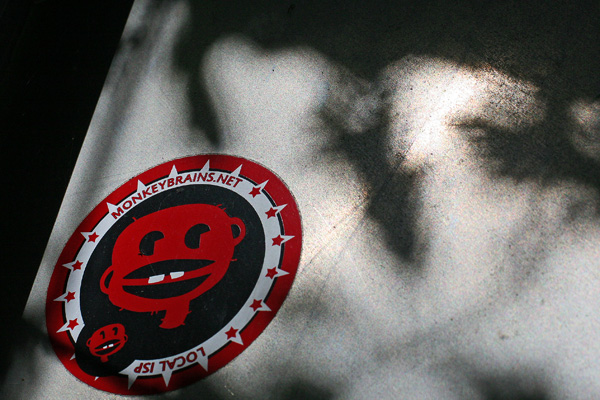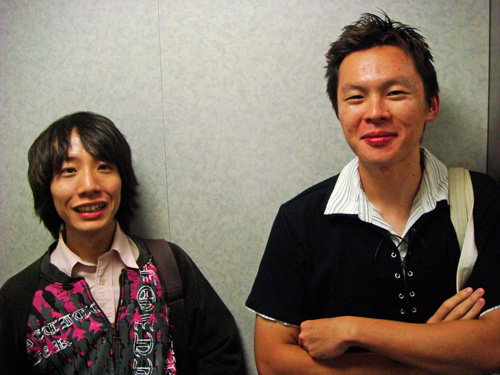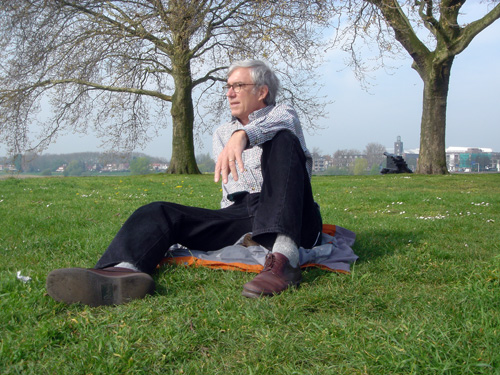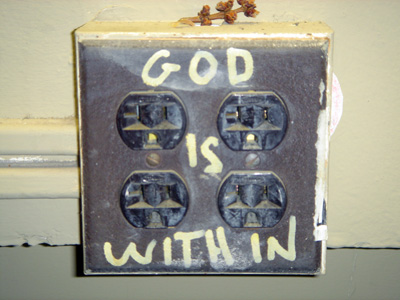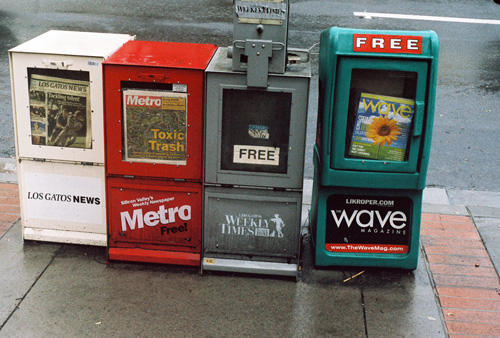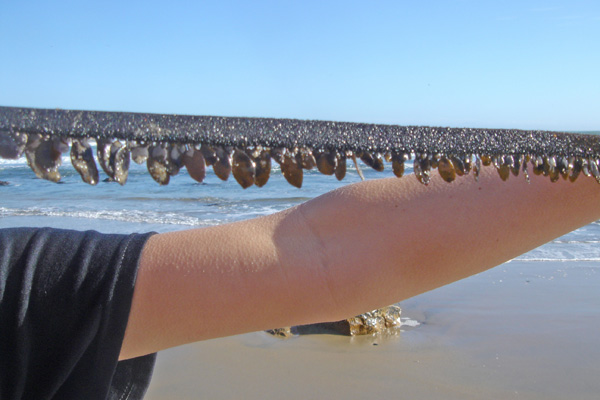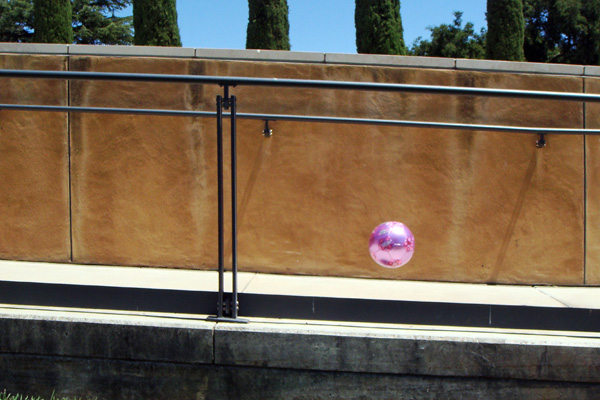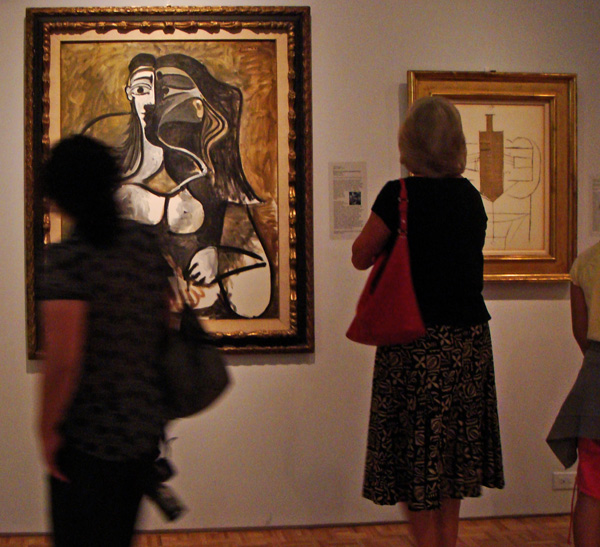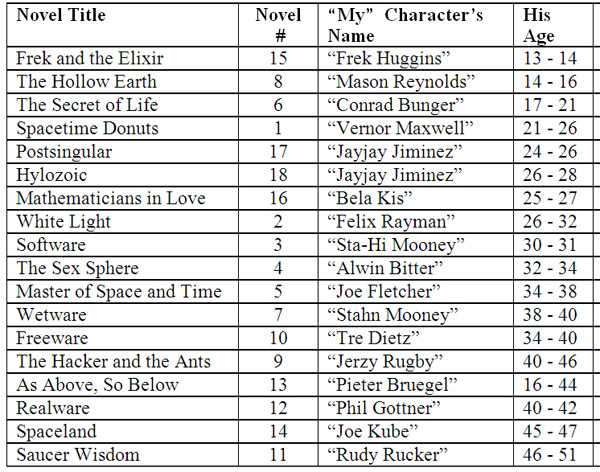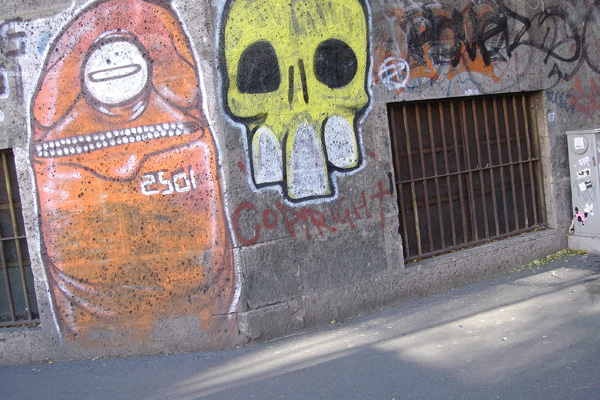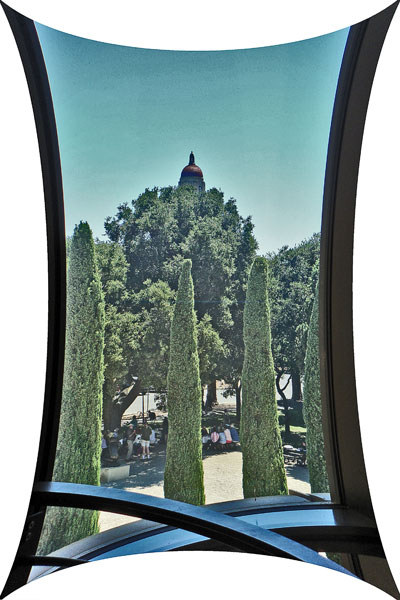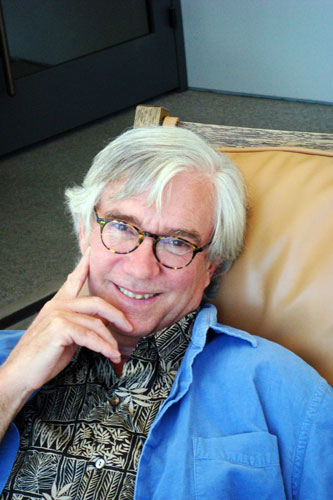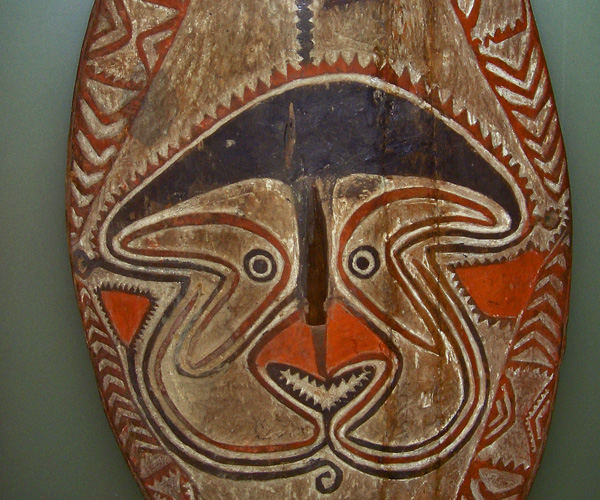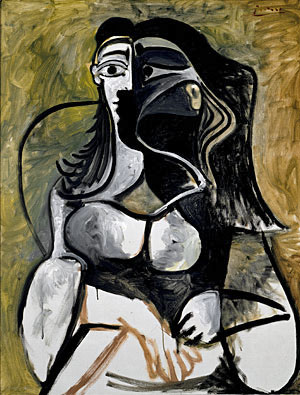Right after his attack, my new novel’s character, Jim Oster, is thinking about sex a lot. Like—sex is one of the very first facts about the world that comes back to him. Zero and one, as it were. He feels a little surprised about reproduction—he can hardly believe the details. His woman friend, Anne Wowesse, says he’s like an id with no ego or superego.
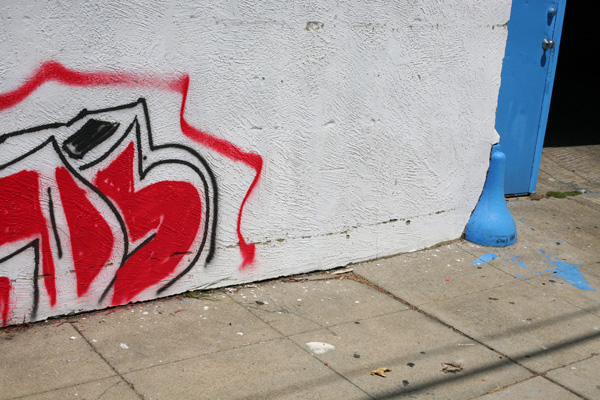
In the first mornings, he sits on the hospital patio with his IV-drip and looks at the clouds in the sky. They drift along, changing shapes, with the golden sunlight on them. The leaves of a potted palm tree rock chaotically in the gentle airs, the fronds are clearly outlined against the marbled blue and white heavens.
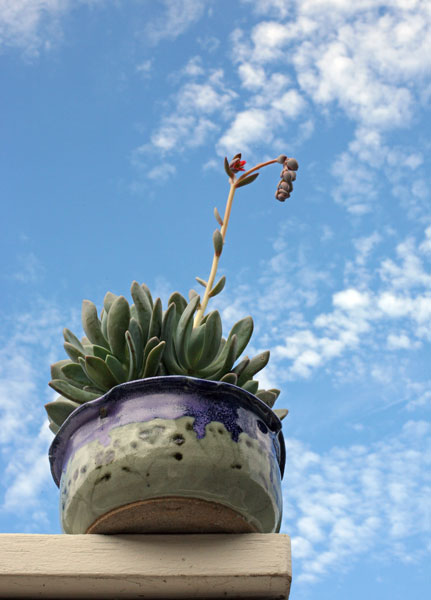
Most of the other convalescents fail to notice their natural surroundings, but, be that as it may, the information is coming in from outside Jim. He’s not creating it. And now Jim is struck by the realization that the world will go on without him after he dies.
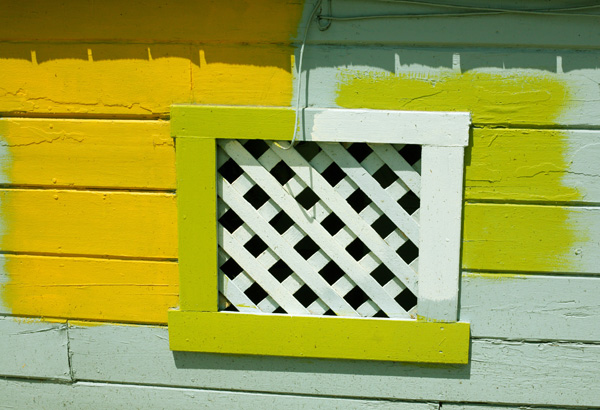
Or…? He thinks of the participant/observer maxim in quantum mechanics: “No phenomenon is real until it’s observed.” He begins to wonder—or even to hope—that some aspect of reality depends on being seen by Jim Oster. He is, after all, a bit of a writer, and he sometimes imagines that his journals and blog posts are altering reality.
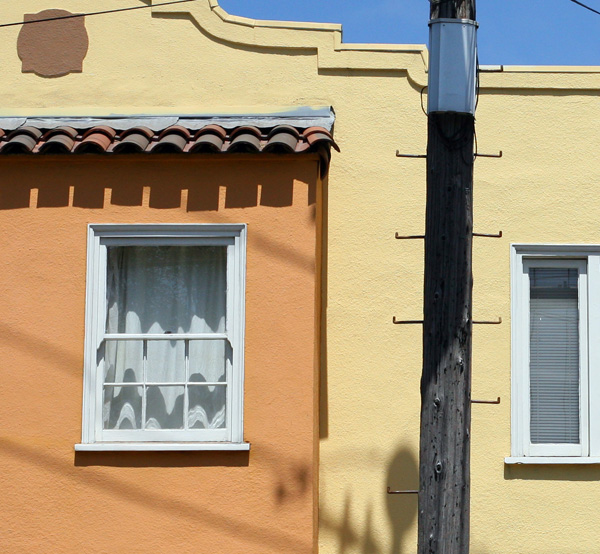
Looking up at the clouds from the couch in his back yard, he sees a high-flying bird—a crane or a gull. Mentally reaching out to contact the fowl he feels he can see through her mind, feeling the rhythm of her wingbeats, enjoying the vast expanse of her view, with the coastline and the Pacific ocean visible. Jim imagines that bird sends him a telepathic message: “Thank you.” She’s grateful to Jim for making her real by seeing her.
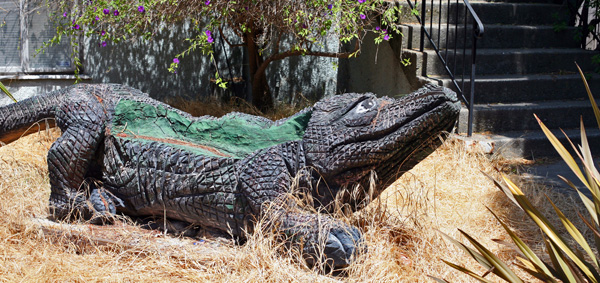
But—naaw—if Jim were dead, the birds would still be flying, the Earth would be turning, and the sun would be rising in the sky just the same. He’s of no more lasting significance than a dead leaf scuttering across the patio. He finds this fact to be somehow horrible.
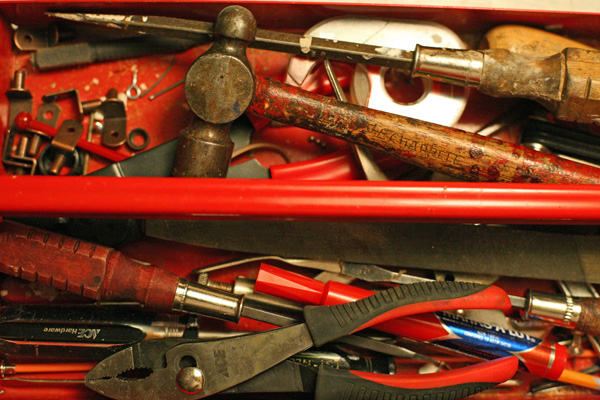
Jim doesn’t feel like his old self. He feels like his mind is a giant warehouse where an earthquake knocked everything off the racks, and he has to reshelve things one by one. “Oh, yes, that’s a steam shovel, that’s a potty, that’s a quartz crystal, that’s my first day of nursery school.” Repeatedly he remembers marrying Anne Wowesse, and how cute she was in her white hat and veil. Repeatedly he remembers that he never married Anne Wowesse at all.
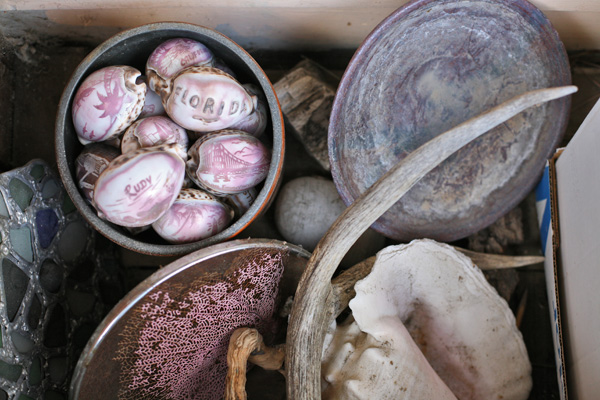
The days and weeks fly by. He doesn’t understand how he used to pass his time. He’s continually ransacking his bookshelves, looking for some old volume to reread. He spends much of his time waiting to go back to sleep. Each day he looks forward to bed time at nine p.m. sharp. And he naps every day. He wants to act normal; when he greets people, he forms his mouth into a smile, as deliberately and artificially as if he were making an “okay” hand-sign. He feels he’s living a lie.
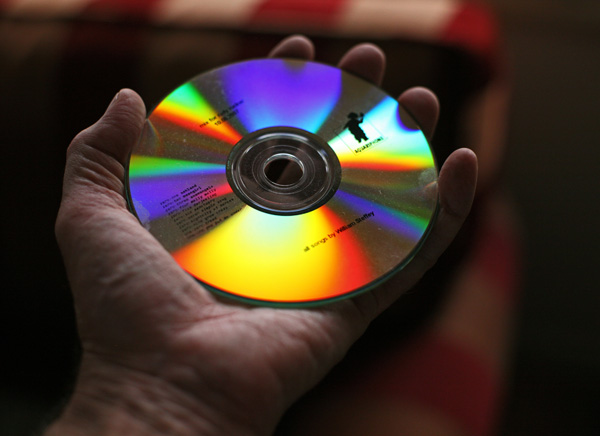
When Jim stares at a neutral-colored object such as the 1940s frosted-glass light fixture on the ceiling in his rented house, he seems to see the tint of the object change in slow waves. Faint pastel hues amp up and down, as if some unseen force were diddling the world’s color balance sliders.
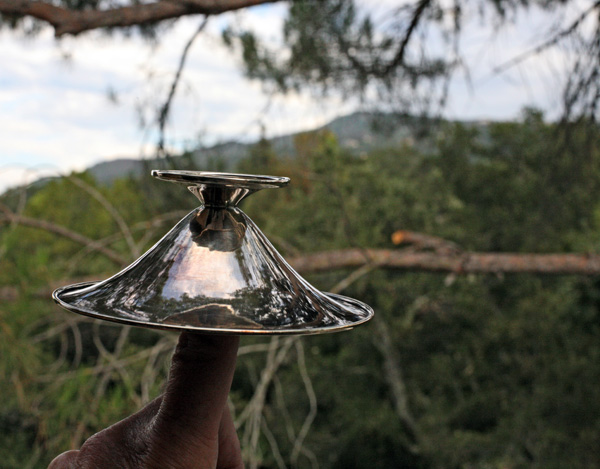
Smells seem much more intense, the odors of drains, of garbage, and of fruit. The meaty, oily scent of the decaying skin fragments in his electric razor is almost unbearable. He’s tempted to stop shaving.
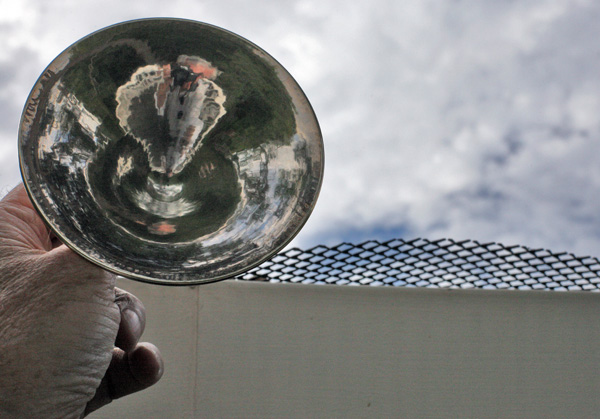
Is the change because he quit smoking after his attack? Or has something been reconfigured in his brain? Maybe there’s a piece of him gone missing. His once-powerful spiritual impulses are weak, and, in a possibly related change, he’s no longer goaded by the impulse to get high.
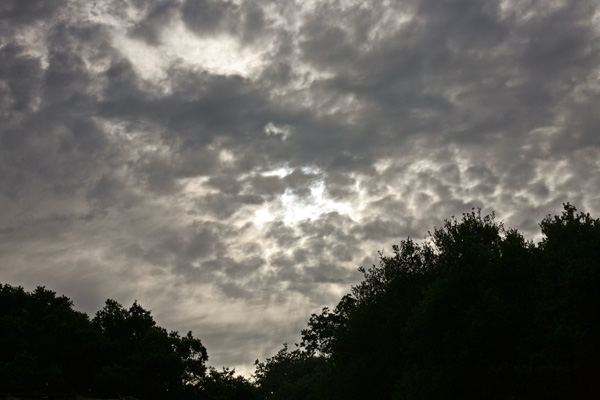
Slouched on a the lawn chair in his back yard one afternoon, Jim falls into a trance while studying the clouds. When he comes back to focusing on his immediate surroundings, he realizes that he hears the low tapping of fingers on a keyboard. He tries to maintain a calm appearance, but inwardly he panics, thinking that he’s inside a computer program or a video game.
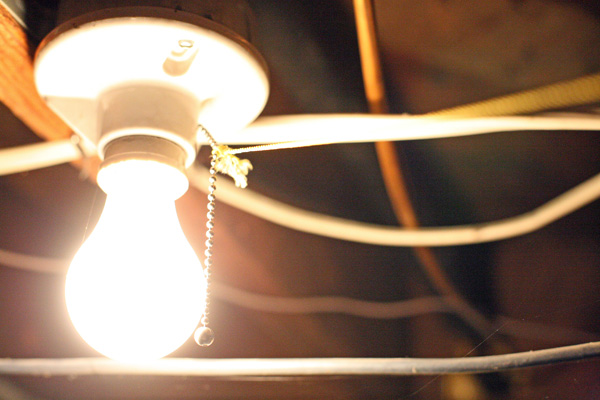
But, whew, it’s just his daughter sitting in a chair behind his head, checking her email on her laptop. He twists his neck so he can look at her, to talk this over. And then he remembers that he doesn’t have a daughter. There’s nobody in the chair. Or, no, wait, he does have a daughter, and she’s visiting him, yeah. She is sitting there after all. Her name is—what?
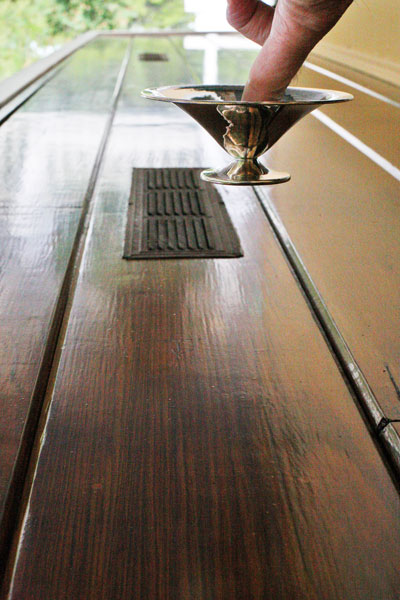
Is Jim Oster losing it?









